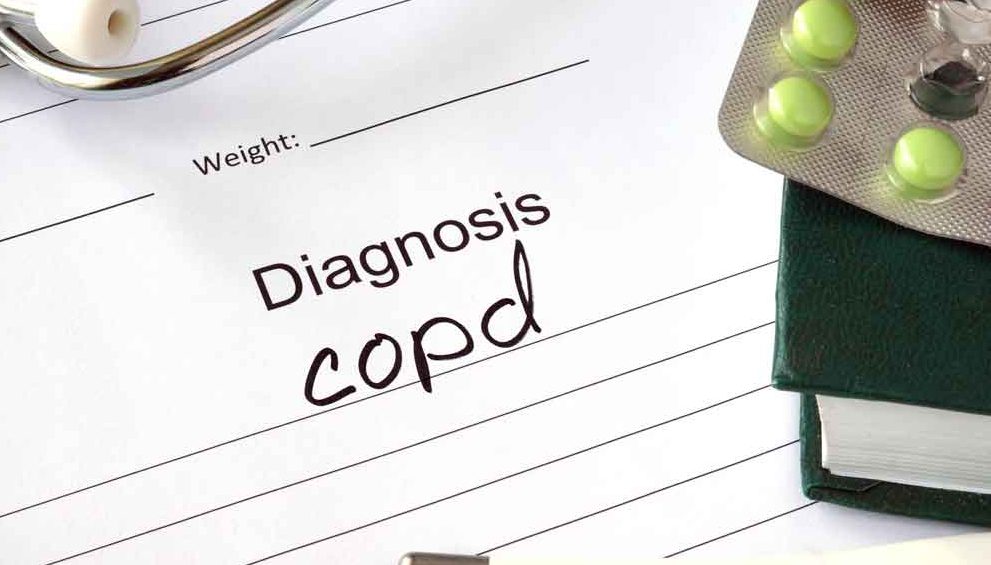The Stages of Chronic Obstructive Pulmonary Disease

Determining which of the stages of chronic obstructive pulmonary disease (COPD) you have helps you get the right treatment. Learn more about the stages of COPD.
Chronic obstructive pulmonary disease (COPD) advances in stages that are important to identify for the particular treatment you need.
This progressive disease, in which the airways in your lungs become blocked, makes it hard to breathe. COPD can cause:
- Shortness of breath
- Chronic cough
- Frequent respiratory infections
- A light blue color in your fingertips or lips
- Exhaustion
- Wheezing
- Producing lots of mucus
More than 12 million Americans have the disease.
YOU MIGHT ALSO LIKE: COPD Symptoms
Smoking is the number one cause of COPD, but nonsmokers are also at risk of getting the disease. You might not smoke, but you are at risk of developing COPD if your partner smokes or you are around someone who smokes. Long-term exposure to other lung irritants — such as air pollution, chemical fumes, or dust — also may contribute to COPD.
The four stages of COPD
- Stage one is the mildest form, with minor signs such as occasional shortness of breath. People with stage COPD usually do not know they have the disease. At this stage, lung function is usually around 80 percent of the expected function for a non-diseased lung.
- In stage two, you will begin to have shortness of breath when you engage in any activity that requires exertion. You may cough. During this stage, you may notice something is wrong, as your lung function has deteriorated to 50 to 80 percent of what it should be.
- In stage three, you will have severe shortness of breath, even without exertion. You may or may not have a cough. People suffering from stage three COPD have a difficult time exercising. Fatigue sets in because you can’t get enough oxygen. A lung with stage three COPD will function at 30 to 50 percent of the normal lung function.
- In stage four COPD, your quality of life seriously deteriorates. Breathing becomes extremely difficult, becoming life-threatening. Your lung function is less than 20 percent of normal.
How to tell your stage of COPD
Pulmonary function tests are used to determine your stage of COPD. In the most common one, called spirometry, you will take a deep breath and then exhale as hard and for as long as possible into a hose connected to a machine called a spirometer. The machine measures how fast you blow air out of your lungs.
Knowing the COPD stages helps your doctor determine the treatment that is best for you. Your doctor will also be able to keep track of the progression of your condition and know whether your treatment plan has been effective and when to make adjustments.
Treatment for COPD
Treatment can include medications and inhalers, pulmonary rehabilitation (a specialized form of exercise and education), and, rarely, surgery or a lung transplant. You may also need annual flu and pneumonia vaccinations.
“Because the respiratory system is damaged and those illnesses compromise the lung’s ability to function normally, flu and pneumonia are tough for a patient with COPD to fight off or recover from,” says Jill Ohar, MD, professor of pulmonology, critical care, allergy, and immunologic disease at Wake Forest University Baptist Medical Center in North Carolina.
Updated:
July 21, 2023
Reviewed By:
Janet O’Dell, RN